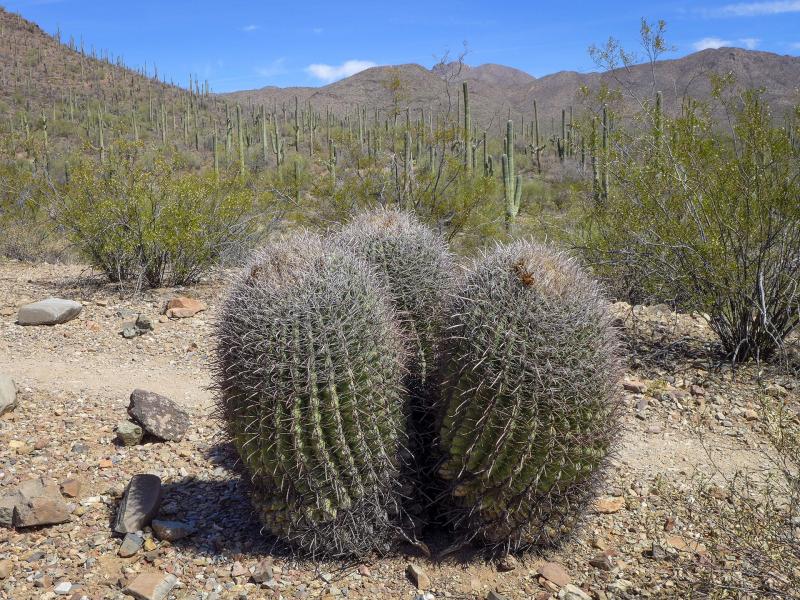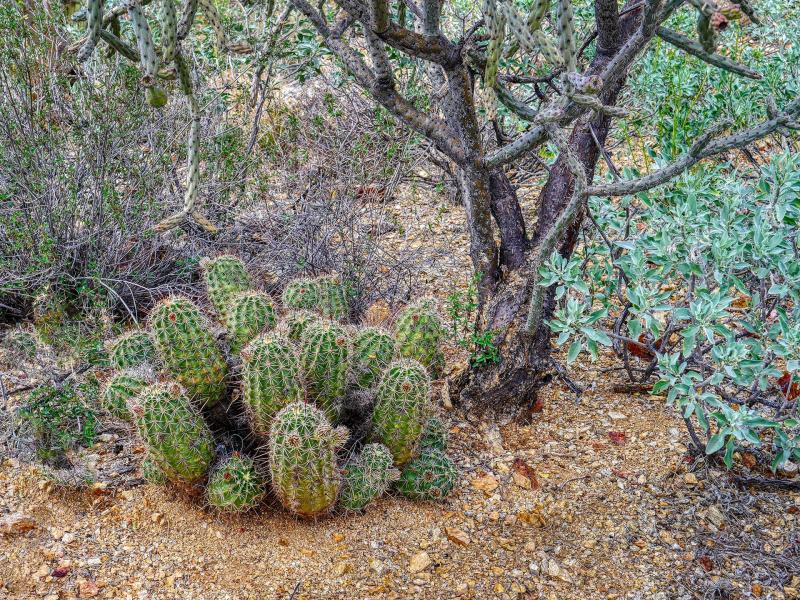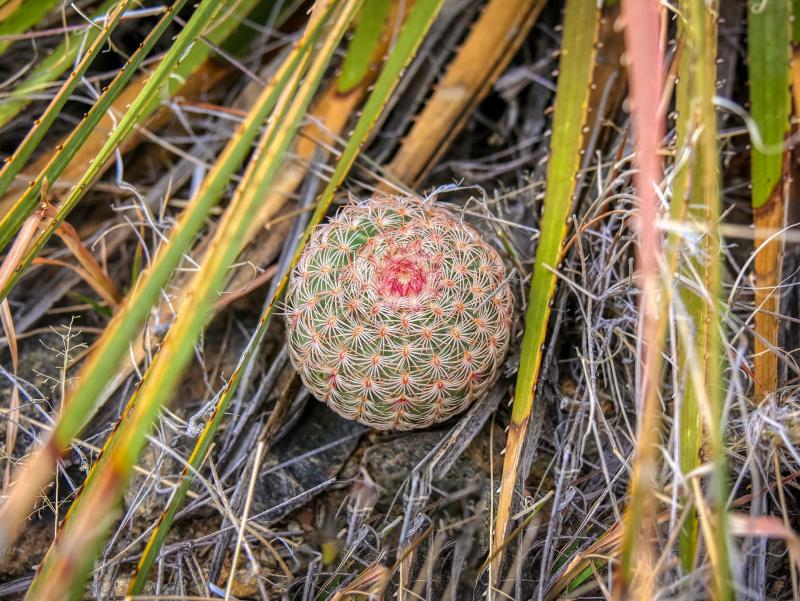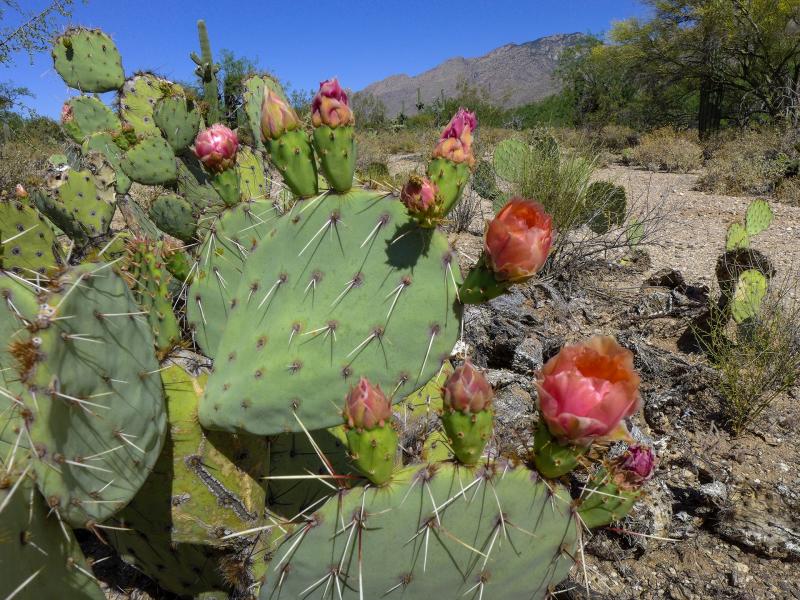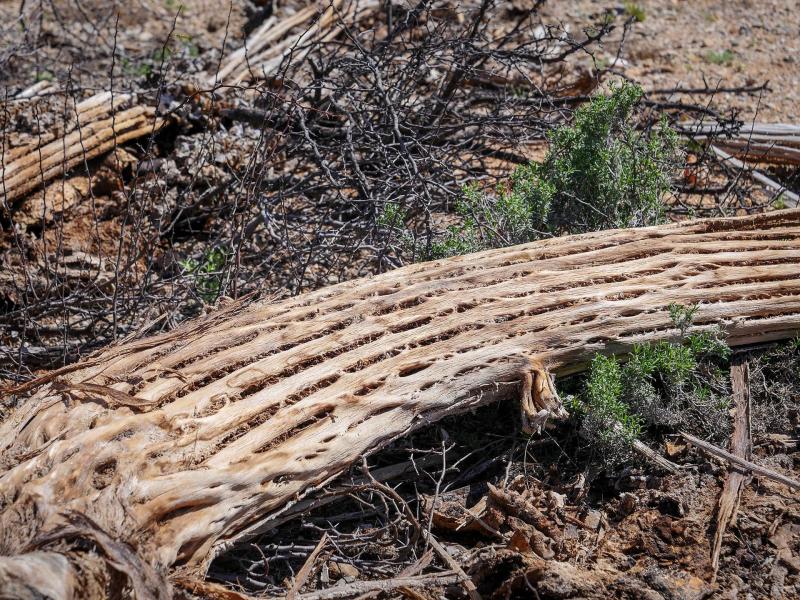Cactus Habitat: Sonoran Desert
Jennifer Galas
Sonoran Desert
Southern Arizona
The Sonoran Desert is the most biologically diverse of the four US deserts. It represents the northernmost end of the range for many Mexican cactus species, such as saguaro, organ pipe, and some Mammillaria—and the only place these cacti can be found in the US. A variety of elevations, providing different average temperature ranges, also contributes to the Sonoran Desert's species diversity. The desert experiences two rainy seasons: one in the summer that provides most of the soaking rainfall cacti need during their growing season, and one in the winter that is less intense but more widespread.
Threats to Sonoran Desert cactus populations include development, off-road vehicle recreation, and nonnative plants that not only compete for scarce resources but also increase the risk of fire. Desert cacti are not fire-adapted and entire populations of the slow-growing plants can be decimated by wildfire. Poaching of plants for horticultural trade is a concern, as is vandalism of saguaros.
Mammillaria grahamii
Most members of Mammillaria grow in Mexico, but this species occurs as far north as Phoenix. They are common, but hard to spot because they're small and often nestled beneath other larger plants.
Ferocactus wislizeni
The Arizona barrel cactus can grow to 6 feet high. Thick curved spines protect the plant from herbivores, provide shade, and collect and funnel moisture from the air toward the base of the plant.
Echinocereus triglochidiatus beneath Cylindropuntia fulgida
Most desert plants eventually tolerate full sun, but youngsters owe their survival to the shade and shelter of larger desert dwellers.
Echinocereus rigidissimus
A young "Arizona Rainbow Hedgehog Cactus" grows in the shelter of a nurse plant.
Saguaro in bloom
The iconic giant of the Sonoran Desert, the saguaro (Carnegiea gigantea) blooms in May. Saguaros can live for 200 years and grow to over 40 feet tall.
Echinocereus engelmannii
This "hedgehog cactus" is relatively common in extreme southern Arizona, particularly in Organ Pipe National Monument.
Opuntia phaeacantha
This cactus grows relatively quickly and is widespread. Like other cacti in the region, the fruits and stems of these cacti were important food sources for indigenous people.
All images © Jennifer Galas


